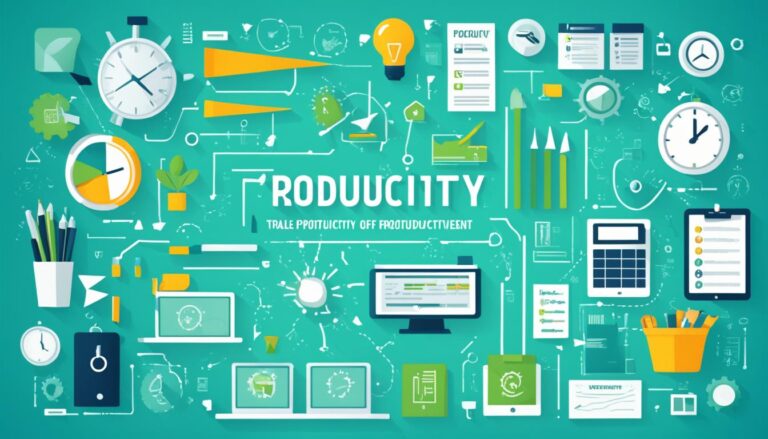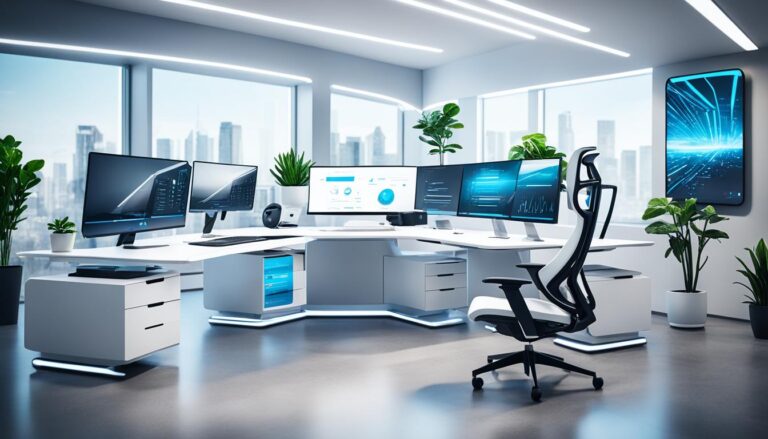Supercharge Your Day with Productivity Systems
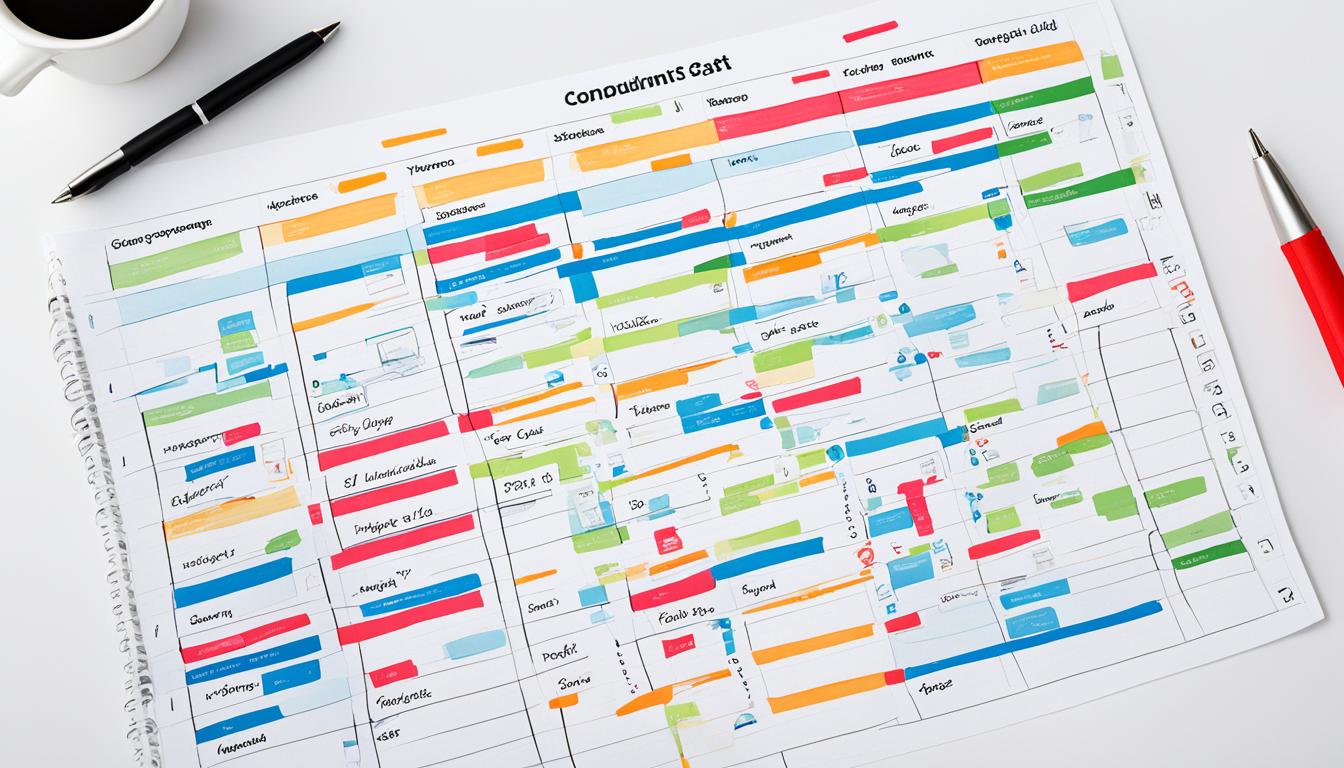
Are you tired of feeling overwhelmed by your ever-growing to-do list? Do you find yourself struggling to stay focused and meet deadlines? It’s time to take control of your productivity and find a system that works for you. Discover the power of productivity systems, time management tools, and organization strategies that will transform the way you work.
Effective time management is the key to unlocking your full potential. By implementing productivity systems, you can optimize your workflow, prioritize tasks, and achieve your goals with efficiency and ease. From task prioritization techniques to goal setting methods, there are numerous strategies that can revolutionize how you approach your work.
But which systems actually deliver results? How can you supercharge your day and make the most of your time? In this article, we explore the most effective productivity systems, productivity apps, and workflow optimization techniques that will help you master your productivity game and achieve more in less time.
Key Takeaways:
- Implementing productivity systems and time management tools can optimize your workflow.
- Prioritize tasks using task prioritization techniques and goal setting methods.
- Efficiency hacks and productivity apps can streamline your work processes.
- Discover workflow optimization and project management solutions to improve productivity.
- Continuous learning and reviewing your work processes can help you achieve long-term productivity gains.
Time Management
Effective time management is crucial for enhancing productivity. By implementing the right strategies, you can make the most out of your day and accomplish more in less time. Here are some key tips to help you optimize your time and maximize your productivity:
Allocating Time for Meetings
Meetings are an essential part of any work environment, but they can also become time-drains if not managed effectively. Allocating specific time blocks for meetings and sticking to the agenda can help ensure that they remain productive and focused. Research shows that the average worker spends 3 hours in meetings every week, so it is essential to make the most of this time by setting clear goals and objectives.
Prioritizing Tasks and Setting Clear Deadlines
Task prioritization is key to managing your time effectively. By identifying the most important tasks and setting clear deadlines, you can ensure that you allocate your time and energy to the tasks that require immediate attention. This helps prevent procrastination and ensures that you stay on track to meet your goals.
Here is a table summarizing the key aspects of time management:
| Aspect | Description |
|---|---|
| Allocating Time for Meetings | Allocate specific time blocks for meetings and stick to the agenda. |
| Prioritizing Tasks | Identify and prioritize tasks based on their importance and urgency. |
| Setting Clear Deadlines | Assign deadlines to tasks to ensure timely completion. |
Implementing effective time management techniques not only helps you make the most of your day but also enhances your overall productivity. By allocating time for meetings, prioritizing tasks, and setting clear deadlines, you can stay focused and accomplish your goals with efficiency.
Remember, time is a valuable resource, and how you manage it can significantly impact your productivity and success.
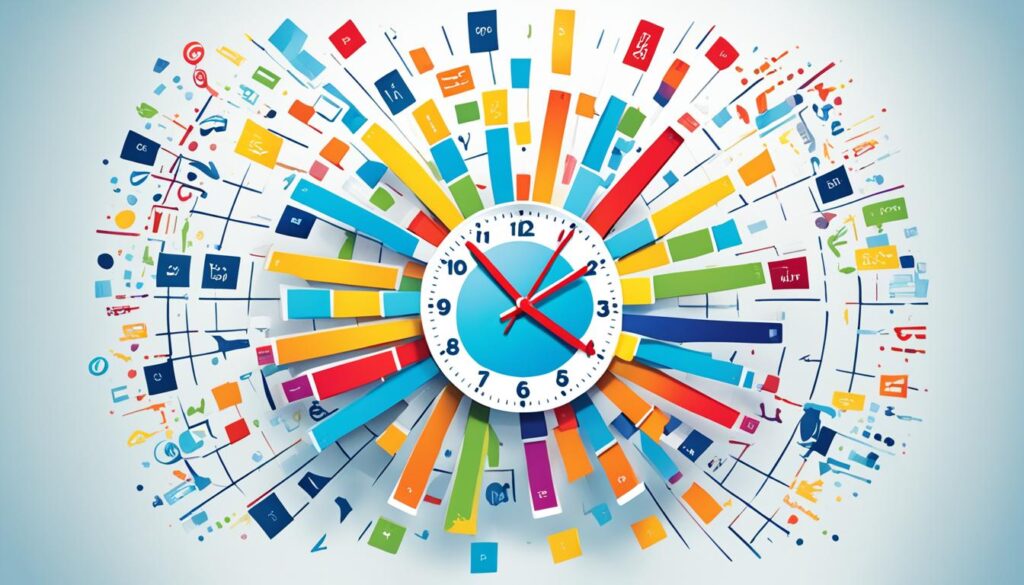
Task Prioritization
When it comes to boosting productivity, task prioritization plays a crucial role. By focusing on what’s most important, you can make the most of your time and achieve your key objectives efficiently.
One effective way to prioritize tasks is by listing out the key objectives before a meeting. This helps to streamline the discussion, ensuring that everyone is on the same page and that the meeting stays focused. When the objectives are clear, you can eliminate unnecessary discussions, making the most of everyone’s time.
Another helpful strategy is breaking down projects into smaller tasks. This makes them feel more achievable and less overwhelming. By dividing a project into manageable steps, you can maintain momentum and track your progress more effectively. It also allows you to allocate time and resources efficiently, keeping your productivity levels high.
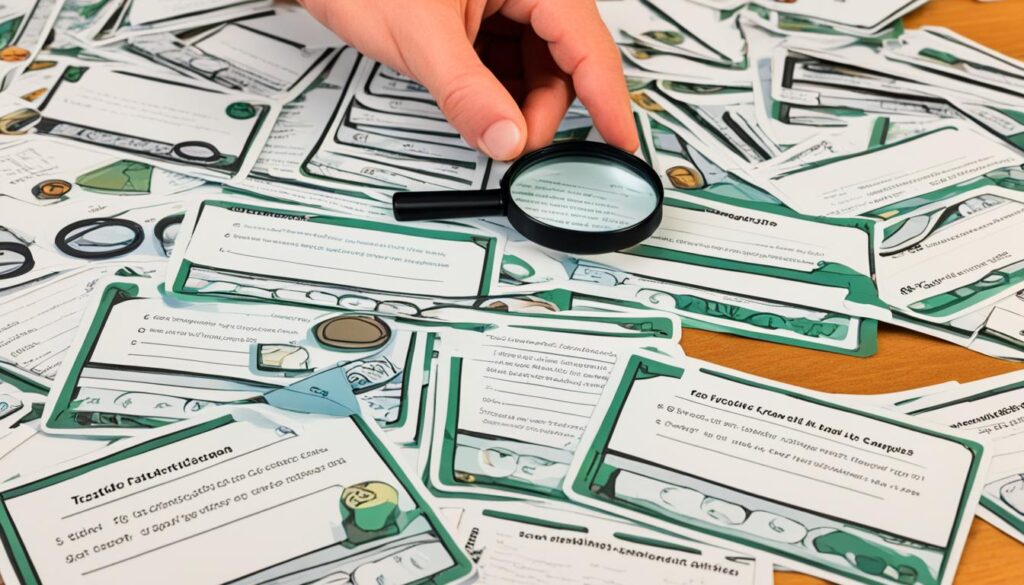
| Technique | Description |
|---|---|
| Urgent-Important Matrix | A four-quadrant matrix used to categorize tasks based on their urgency and importance. |
| Pareto Principle | Also known as the 80/20 rule, it suggests that 80% of your results come from 20% of your efforts. Focus on the tasks that will yield the greatest impact. |
| Eisenhower Matrix | A four-quadrant matrix that helps prioritize tasks based on their urgency and importance, inspired by former President Dwight D. Eisenhower’s approach to decision-making. |
| ABC Method | Assign tasks with labels such as “A” for high-priority, “B” for medium-priority, and “C” for low-priority. |
By implementing effective task prioritization techniques, you can stay focused, accomplish your key objectives, and make your meetings and projects more efficient.
Limiting Multitasking
While multitasking may appear to be the ultimate productivity hack, it can often lead to errors and oversights. Instead, dedicating your attention to one task or meeting at a time can significantly improve the quality of your work and enhance your productivity.
Avoid the temptation to check emails or engage in other tasks during important discussions. By focusing solely on the task at hand, you create a conducive environment for deep concentration and effective problem-solving.
Research shows that multitaskers experience a 40% drop in productivity due to constantly switching between tasks. It’s time to shift your focus and embrace monotasking, allowing your mind to fully engage in the present moment.
By limiting multitasking during meetings, you can actively listen, digest information, and contribute meaningfully to the discussion. Stay fully present and engage with your colleagues, fostering a collaborative and productive work environment.
Remember, productivity isn’t just about getting more tasks done. It’s about accomplishing meaningful work with clarity and focus. Embrace the power of monotasking and witness a remarkable improvement in both the quality and efficiency of your work.
Eliminating Distractions
Distractions can significantly impact your productivity. With 71% of meetings considered unproductive, it’s crucial to ensure that you minimize distractions and create a productive work environment. By eliminating unnecessary interruptions, you can focus on meaningful tasks and make the most out of your time.
One effective way to reduce distractions during meetings is to establish a clear purpose and agenda. It’s important to identify the objectives and desired outcomes beforehand, so everyone stays focused and on track. Encourage participants to silence their phones and avoid checking emails or engaging in unrelated activities during the meeting.
Consider implementing the following strategies to eliminate distractions:
- Designate a distraction-free zone: Create a dedicated space where you can work without interruptions. This could be a quiet corner in your office, a designated workspace at home, or even a rented co-working space. Minimize noise and visual distractions to promote concentration and productivity.
- Optimize your digital environment: Disable notifications on your devices to prevent constant distractions from social media, email, or messaging apps. Use productivity apps and browser extensions that block distracting websites or limit your access during specific work hours.
- Manage your time effectively: Schedule focused work time and prioritize tasks that require deep concentration during your most productive hours. Use time-blocking techniques to allocate specific time slots for meetings, communication, and individual tasks. This way, you can ensure that distractions are minimized and your attention remains uninterrupted.
- Delegate and collaborate: Distribute tasks among team members to reduce your workload and avoid unnecessary interruptions. Effective delegation can free up time for everyone involved, allowing individuals to focus on their core responsibilities and contribute to a more productive work environment.
Remember, eliminating distractions requires discipline and a proactive approach. By implementing these strategies, you can create a focused and productive environment that allows you to achieve your goals more efficiently.
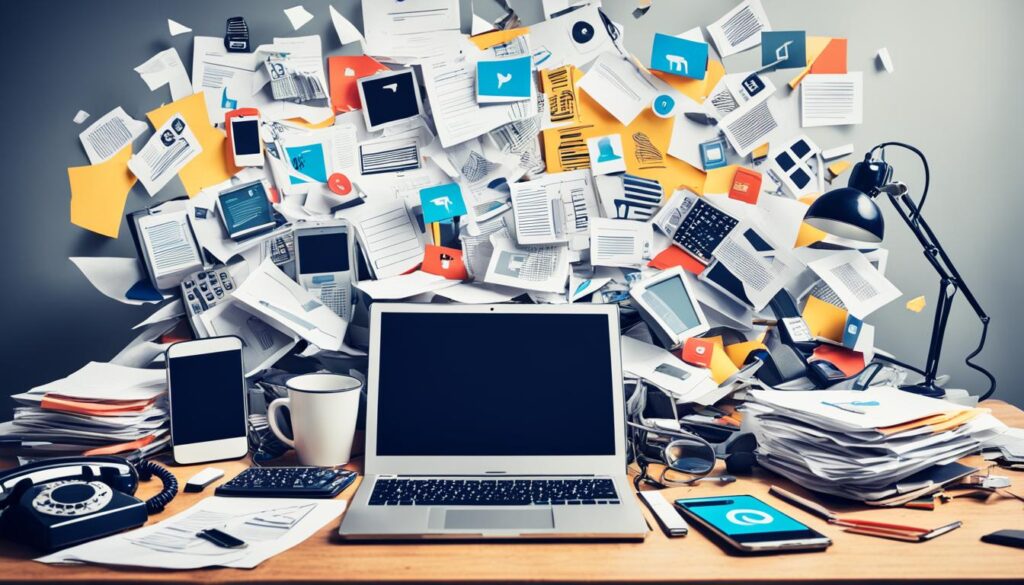
Clear Deadlines
Deadlines play a crucial role in boosting productivity and driving action. When you set clear deadlines, you create a sense of urgency that helps you prioritize your tasks and stay focused. Deadlines act as powerful motivators, preventing procrastination and ensuring that you take bold and decisive action.
One area where clear deadlines are particularly effective is in meetings. By setting strict ending times for meetings, you show respect for everyone’s time and create a structured environment that encourages productive discussions. When discussions have a defined time frame, participants are more likely to stay on track, address key points, and make decisions efficiently.
Not only do clear deadlines keep meetings focused, but they also help in staying in control of your time. By setting deadlines for smaller tasks within a project, you break down the work into manageable chunks. This not only increases productivity but also reduces stress levels, as you can work methodically towards completing individual tasks, knowing that you have a timeline to guide you.
Benefits of Clear Deadlines:
- Increased productivity
- Enhanced focus and concentration
- Reduced procrastination
- Improved time management
- Effective task prioritization
So set clear deadlines for yourself and your team, and watch as productivity soars and goals are achieved. Remember, deadlines are not meant to create unnecessary pressure but to provide direction, structure, and a sense of urgency that propels you towards success.

Taking Regular Breaks
When it comes to increasing your productivity and maintaining a positive mood, taking regular breaks is essential. Incorporating short breaks into your workday can have a significant impact on your creativity and problem-solving skills. By giving yourself some time to recharge, you can approach tasks with renewed focus and energy.
Research has shown that taking breaks throughout the day can actually improve productivity. Our brains have a limited capacity for sustained attention, and taking breaks helps prevent mental fatigue and burnout. Stepping away from your desk and engaging in activities that you enjoy can help clear your mind and improve your overall well-being.
During these breaks, you can explore different strategies to boost your mood and enhance your creativity. Whether it’s taking a walk outdoors, practicing mindfulness exercises, or listening to music that inspires you, these activities can stimulate your brain and unlock your creative potential.
Additionally, regular breaks can enhance your problem-solving skills. Stepping back from a task allows you to gain a fresh perspective and approach challenges from a different angle. Sometimes, the most innovative solutions come when we give ourselves the space and time to think creatively.
So, instead of pushing through long stretches of work without a break, prioritize giving yourself regular intervals of rest. Whether it’s a short walk around the office, a quick stretch, or even just closing your eyes for a moment, these breaks can lead to a significant boost in productivity, mood, creativity, and problem-solving skills.
Achieve more by taking breaks
- Boost productivity by preventing mental fatigue and burnout.
- Improve mood and overall well-being.
- Enhance creativity by engaging in activities you enjoy.
- Stimulate problem-solving skills by gaining a fresh perspective.
Conclusion
Productivity is not about working harder, but smarter. By implementing effective productivity systems, you can supercharge your day and achieve more in less time. Prioritizing tasks, setting clear deadlines, and limiting multitasking are key strategies to enhance efficiency. Additionally, eliminating distractions and taking regular breaks can boost your focus and creativity.
Remember to continuously learn and review your work processes to identify areas for improvement. Embrace technology and leverage productivity apps and tools to streamline your workflow. With the right strategies in place, you can optimize your productivity and achieve your goals with newfound vigor.
Efficiency is the cornerstone of success, and adopting productivity strategies will empower you to accomplish more. So don’t wait any longer. Start implementing these productivity systems today and unlock your full potential.


